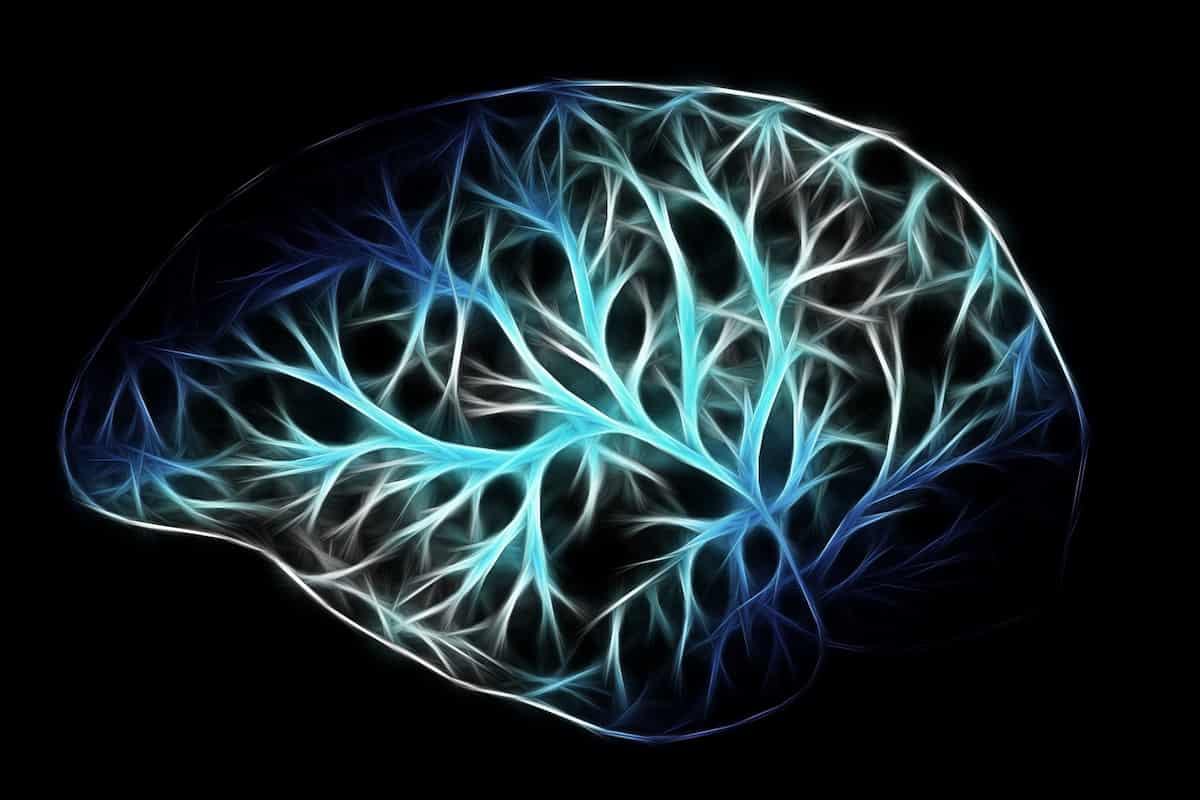This article explores the phenomenon of source amnesia, where individuals remember information but forget its origin.
What is source amnesia?
Source amnesia occurs when someone recalls a piece of information but forgets where, when, or from whom they learned it.
It is a common cognitive phenomenon that affects people across all demographics.
For instance, you might accurately remember a fact but be unsure if you read it in an article, heard it in a lecture, or discussed it with a friend.
This disconnect between memory content and its source is an essential concept in understanding how human memory works.
Why source memory is important
Source memory helps us attribute information to its proper context, which is crucial for credibility and decision-making.
Imagine hearing a health tip: if you cannot recall whether it came from a qualified doctor or an unreliable source, its usefulness becomes questionable.
In legal settings, the ability to correctly remember the source of an observation can influence testimonies and case outcomes.
Source amnesia, therefore, is more than a simple memory lapse; it has broader implications for trust, accuracy, and judgement.
Causes of source amnesia
Several factors contribute to source amnesia.
Age-related changes
As we age, certain cognitive functions, such as source memory, tend to decline.
This may be linked to changes in the frontal lobes, which play a significant role in organising and attributing memories.
Older adults may struggle to associate details with their contexts, even if the core information remains intact.
Neurological conditions
Conditions like Alzheimer’s disease and frontal lobe injuries are strongly associated with source amnesia.
These conditions disrupt the brain’s ability to encode and retrieve contextual information, leading to a heightened risk of source confusion.
Everyday lapses in attention
When we learn something casually—perhaps overhearing it during a busy moment—the brain may not properly encode the contextual details.
This lack of deep processing makes it easier to forget where the information came from.
Emotional factors
Emotions play a significant role in memory encoding.
Memories tied to strong emotions are often better preserved, but the context in which they were formed may fade over time.
This can create vivid recollections of events without clarity on their origins.
Examples of source amnesia in everyday life
Source amnesia frequently manifests in daily scenarios.
- Sharing a piece of trivia but forgetting whether you read it online or heard it from a friend.
- Recommending a film to someone, only to realise they were the one who first mentioned it to you.
- Believing an idea is original when it was subconsciously borrowed from another source.
- Trusting misinformation because the source was forgotten and therefore not scrutinised.
These examples demonstrate how easily source amnesia can lead to social misunderstandings or reliance on inaccurate information.
How source amnesia differs from related concepts
Memory errors are diverse, and source amnesia often overlaps with related phenomena.
Confabulation
While source amnesia involves forgetting where information came from, confabulation entails fabricating or distorting memories.
This usually occurs without intent to deceive and is often linked to brain damage.
The misinformation effect
The misinformation effect describes how exposure to misleading information after an event can distort memory.
Unlike source amnesia, which is about forgetting the origin, the misinformation effect alters the content of the memory itself.
Déjà vu
Déjà vu creates a false sense of familiarity, but it does not involve confusion about a memory’s source.
Instead, it is a fleeting feeling, often unrelated to actual memory errors.
Impacts on modern life
Source amnesia extends beyond personal inconveniences to broader societal implications.
Media and misinformation
In the digital age, people are bombarded with information from countless sources.
When the origins of claims are forgotten, misinformation spreads more easily, as it is harder to verify credibility.
This has significant implications for media literacy and public trust.
Legal challenges
Source amnesia can affect the reliability of eyewitness testimony in legal cases.
A witness might confidently recall seeing a suspect but misattribute this memory to the crime scene when it was actually from another context.
Such errors can influence justice outcomes.
Ethical dilemmas in academia
Students or researchers with source amnesia might inadvertently plagiarise ideas, believing them to be their own.
This can lead to ethical breaches despite a lack of malicious intent.
Preventing and managing source amnesia
While we cannot entirely eliminate source amnesia, there are strategies to minimise its impact.
Enhancing memory encoding
- Pay close attention when absorbing information, actively noting its source.
- Link new information to vivid mental images or emotional experiences to aid retention.
Using memory aids
- Keep notes or digital records of where you learn new information.
- Revisit and rehearse important details periodically to reinforce memory.
Engaging in cognitive exercises
- Practice games or tests that improve memory, such as the Wisconsin Card Sorting Test or verbal fluency tasks.
- Train your brain to associate context with content through deliberate recall exercises.
Seeking professional help for persistent issues
If source amnesia becomes frequent or interferes with daily life, consulting a neurologist or psychologist is recommended.
They can assess whether underlying conditions like brain injuries or dementia are contributing to the problem.
Conclusion
Source amnesia is a fascinating yet complex memory phenomenon that touches various aspects of life, from casual conversations to legal systems.
By understanding its causes, recognising its manifestations, and adopting strategies to manage it, we can reduce its impact and enhance our cognitive capabilities.
As we navigate the challenges of the information age, strengthening our source memory is crucial for making informed decisions and maintaining trust in our interactions.

